What is underwriting?
When we’re applying for an insurance policy, we will normally go through a series of health questionnaire as part of the underwriting process. But what is underwriting? Is there a simplified version?

Why is underwriting necessary before you buy a medical insurance policy?
People always say the best time to purchase medical insurance is when you are young. That’s because the younger your age, the less likely you are to have any serious health issues or to have been diagnosed with any pre-existing medical conditions, and the lower the insurance premiums you have to pay. As people grow older, there may be a higher probability of: (a) health risks and (b) developing a health problem that requires hospitalisation and surgery. In such cases, even if such person(s) eventually make a full recovery, insurance companies may consider such person(s) having pre-existing condition(s), and would have grounds for charging relevant persons with additional premiums, applying exclusions or even rejecting such applications altogether. That’s why generally, every insurance policy issuance must undergo underwriting process.
What are the key steps in an underwriting process?
 |
Step 1 Applicant needs to go through a series of health questions, so that the insurance company can better understand the applicant’s health condition. |
| Step 2 The insurance company assesses the proposed life insured’s health condition based on the answers of the health questions. |
|
| Step 3 The insurance company may follow up by requesting additional information or requiring the applicant to undergo a health examination before reaching a decision. The applicant will receive correspondence if there is other arrangement. |
|
| Step 4 The applicant accepts the proposed arrangement if any. See below for details about the possible underwriting outcomes. |
The possible underwriting outcomes
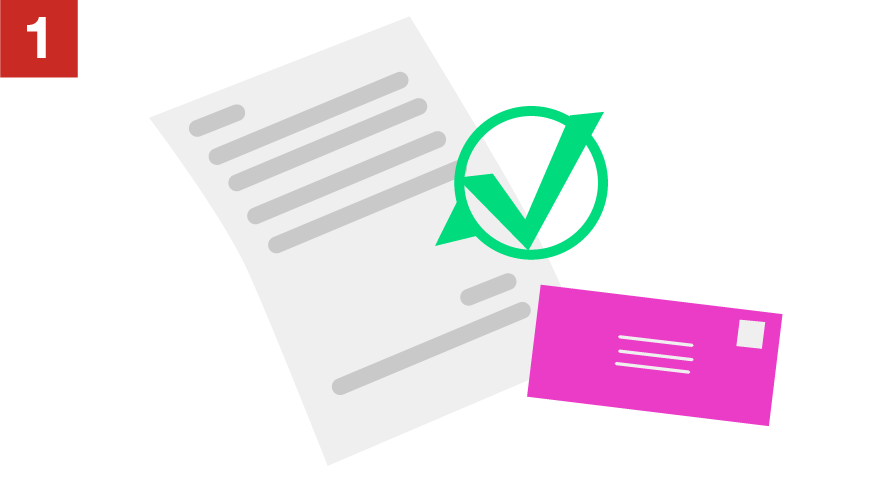
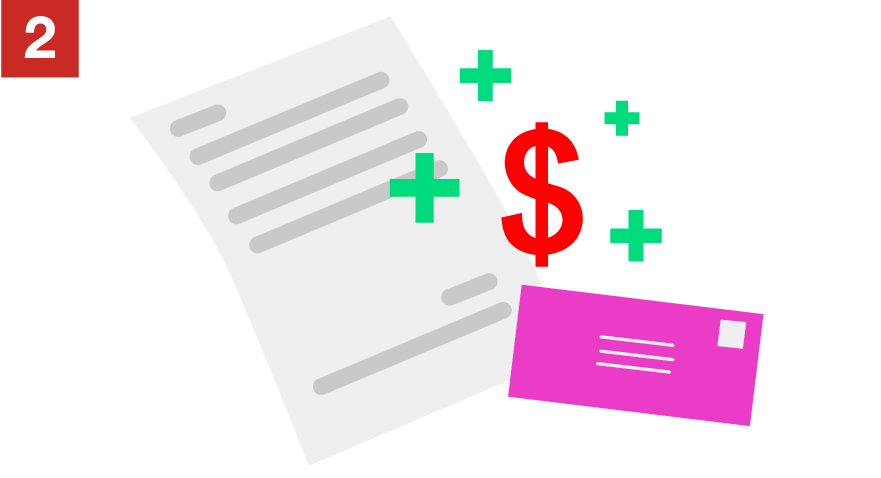
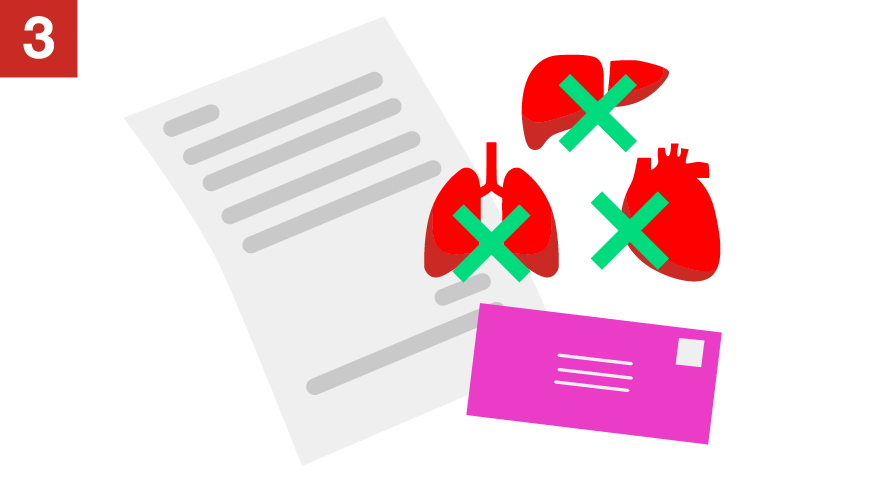
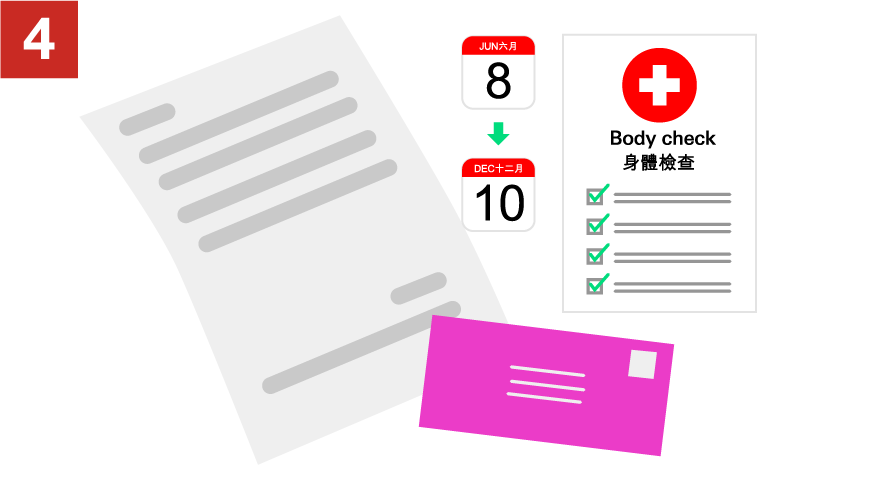
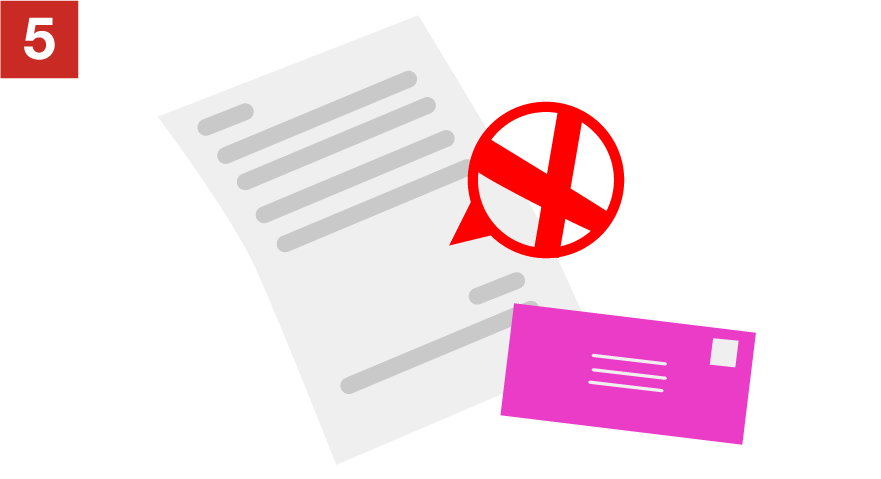
Is there a simplified version of the underwriting process?
The questionnaires for full underwriting tend to be long and detailed. Since many applicants need to acquire medical protection for themselves or the intended life insured quickly, insurance companies, such as HSBC Life (International) Limited (“HSBC Life”), may consider to accommodate the applicants by providing simplified underwriting (subject to relevant terms and criteria which may be imposed by HSBC Life) if they apply for a Voluntary Health Insurance Scheme.
The purpose of acquiring medical insurance is to ensure you would have the financial support you need in case you develop a serious illness. And applications take time to process. That’s why “I don’t need to buy medical insurance while I’m healthy” is very much a misconception that we need to change.
Disclaimer: This is a very brief document intended for reference only. Notwithstanding anything stated herein, HSBC Life shall have the absolute right (and discretion) to determine, amend and update its underwriting policy, procedures and requirements from time to time.
